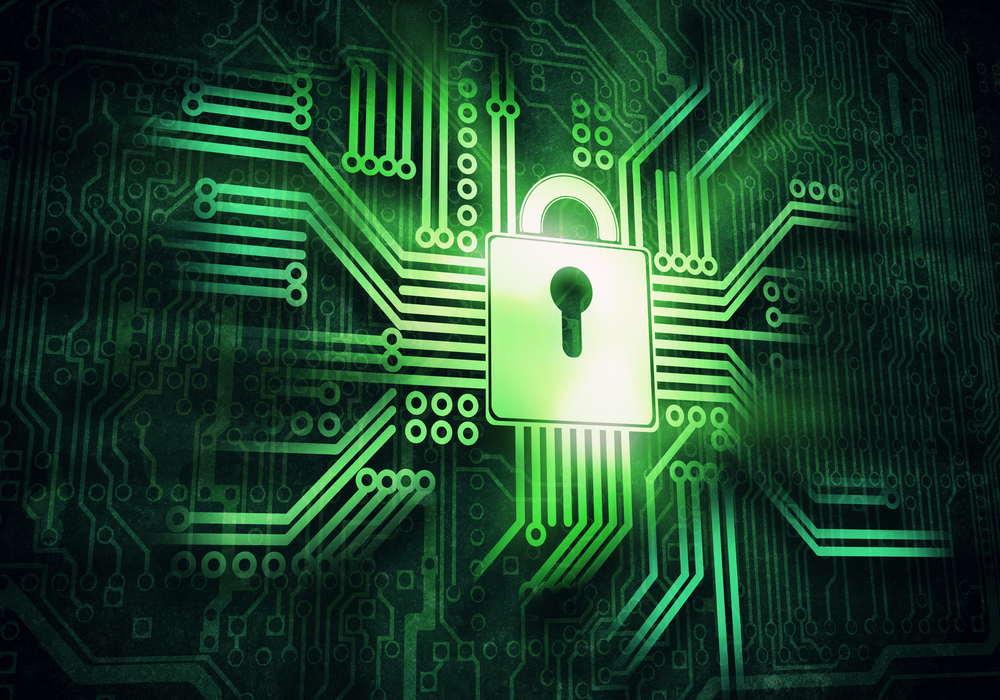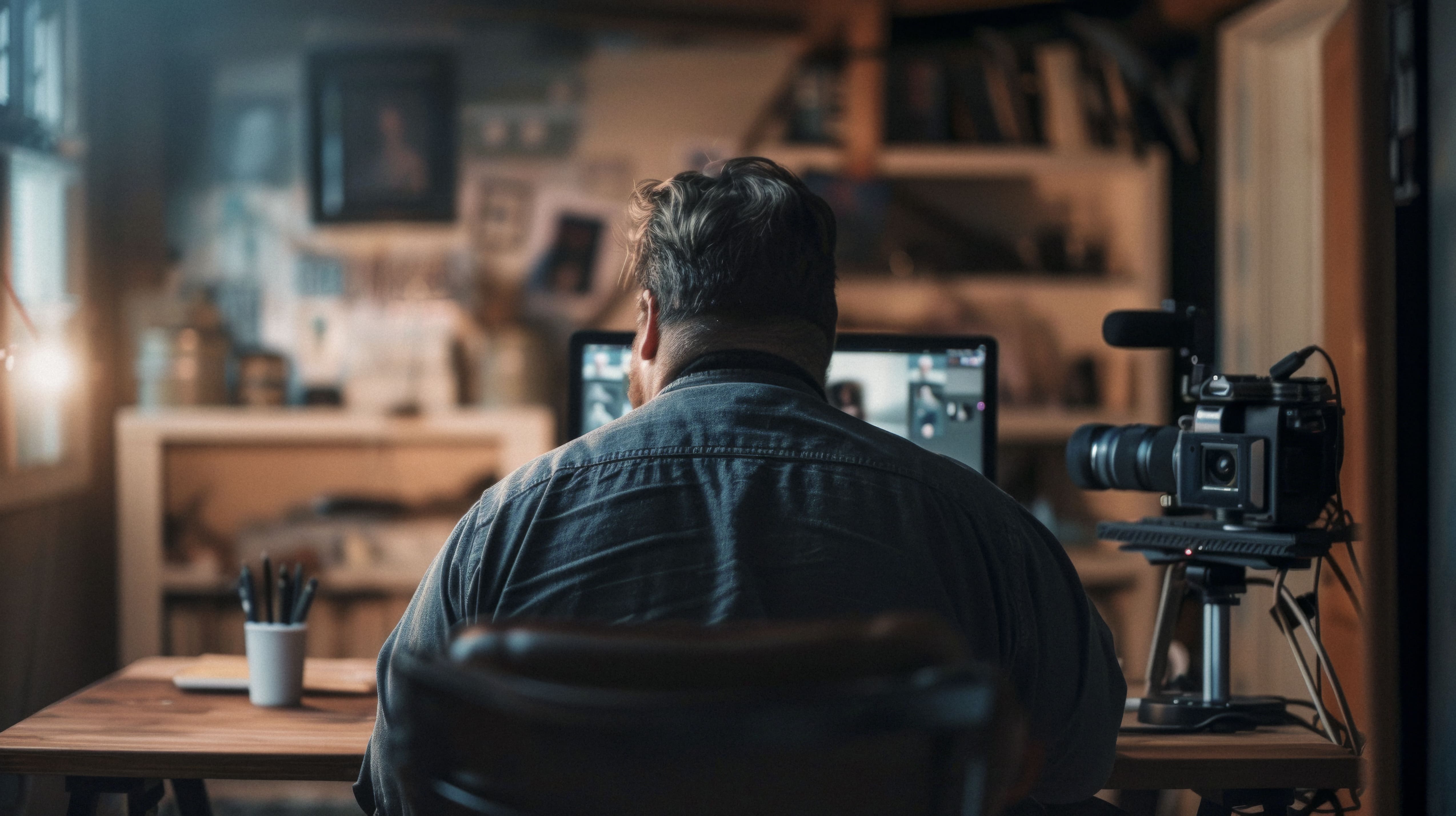Deepfake refers to fake photos, videos, and audio reproduced from original sources using artificial intelligence (AI). These deepfake contents appear real and similar to the originals.
Initially, this technology was extensively used in the entertainment industry. For instance, editing someone’s voice to sing, superimposing our face onto another’s body, or editing videos of famous people to make them say something funny. According to Home Security Heroes, the presence of deepfake videos has increased by over 550% since 2019. With technological advancements, these deepfake videos are becoming increasingly difficult to detect.
Facing the threat of deepfake requires equally advanced AI. Here’s how AI detects and combats deepfake:
How AI Detects Deepfake
AI technology plays a crucial role in detecting deepfake by analyzing various aspects of synthetic media to identify signs of manipulation. Here’s how it works:
1. Deep Learning Algorithms
AI utilizes deep learning algorithms to detect inconsistencies and anomalies in media. These algorithms are trained on large datasets containing both real and fake media to learn the differences. There are two main methods:
- Convolutional Neural Networks (CNNs): These are widely used for image and video analysis. They can detect subtle artifacts and inconsistencies in deepfake that are invisible to the human eye.
- Recurrent Neural Networks (RNNs): These are used for analyzing audio and speech patterns, detecting unnatural modulations and inconsistencies in voice deepfake.
2. Liveness Detection
Liveness detection is used to ensure that the captured biometric data comes from a live person and not a deepfake. There are two types:
- Active Liveness Detection: This method requires the user to perform specific actions, such as blinking, turning their head, or smiling, which are difficult for deepfake technology to replicate in real-time.
- Passive Liveness Detection: This method analyzes the structure, characteristics, and movements of the user’s face without requiring specific actions, yet remains effective in detecting deepfake.
3. Temporal Analysis
AI systems analyze the consistency of a video to identify the presence of deepfake. This involves examining the sequence of frames to detect anomalies in movement and transitions. Two aspects are analyzed: (1) frame-by-frame inconsistencies in lighting, shadows, and facial movements; (2) motion dynamics to check the smoothness of object movements between frames.
4. Forensic Analysis
AI-based forensic tools examine the digital artifacts left by the deepfake creation process. These tools look for signs of manipulation at the pixel level.
VIDA Technology in Detecting Deepfake
As a digital identity company, VIDA continuously strives to develop technology to combat the increasingly diverse fraud threats, including deepfake. VIDA Deepfake Shield integrates AI technology with several advantages:
1. Passive Liveness Detection
VIDA Deepfake Shield uses Passive Liveness Detection technology to ensure the authenticity of biometric data. This process starts with sending biometric data from the user, where the technology checks the image quality to ensure its authenticity. Additionally, liveness checks are conducted to ensure that the biometric data received comes from a live individual and not a manipulation.
2. Real-Time Image Feedback
One of the main advantages of VIDA Deepfake Shield is its ability to provide real-time image feedback. This technology ensures that the images sent to the server are of high quality and meet security standards. With real-time feedback, any biometric data sent can be immediately corrected if inconsistencies are found, ensuring a smooth and secure verification process.
3. Morphing and Swap Pattern Detection
VIDA Deepfake Shield is also equipped with Image Manipulation Identification technology. This technology can detect morphing patterns or swapped faces. Morphing is a technique used to combine two or more faces into one, while face swapping is a technique used to swap one person's face with another.
4. Protection from Fake Biometric Data
By detecting morphing and face swap patterns, VIDA Deepfake Shield provides maximum protection against the injection of fake biometric data. This technology ensures that only genuine biometric data is received and verified by the system, protecting companies from fraud and identity theft risks.
AI technology is vital in combating deepfake. Combining various AI advancements, VIDA Deepfake Shield can detect and prevent the misuse of deepfake technology.
Aug 02, 2024
How AI Technology Is Used to Detect Deepfake
Facing the threat of deepfake requires equally advanced AI. Here's how AI detects and combats deepfake.


Medical Records: Definition, Functions, and Integration with Digital Signatures
Medical records serve not only as a historical record but also as the foundation for decision-making and treatment. So, what exactly are me...
September 18, 2025

How to Become a Beginner Content Creator with Lots of Followers
Being active on social media can open doors to becoming a content creator. Many brands, events, and organizations today are in need of crea...
September 18, 2025

Content Creator: Definition, Income, and Essential Skills
A content creator is a creative profession with massive potential in today’s digital era. Learn about their roles, income opportunities, ho...
September 17, 2025
.png)